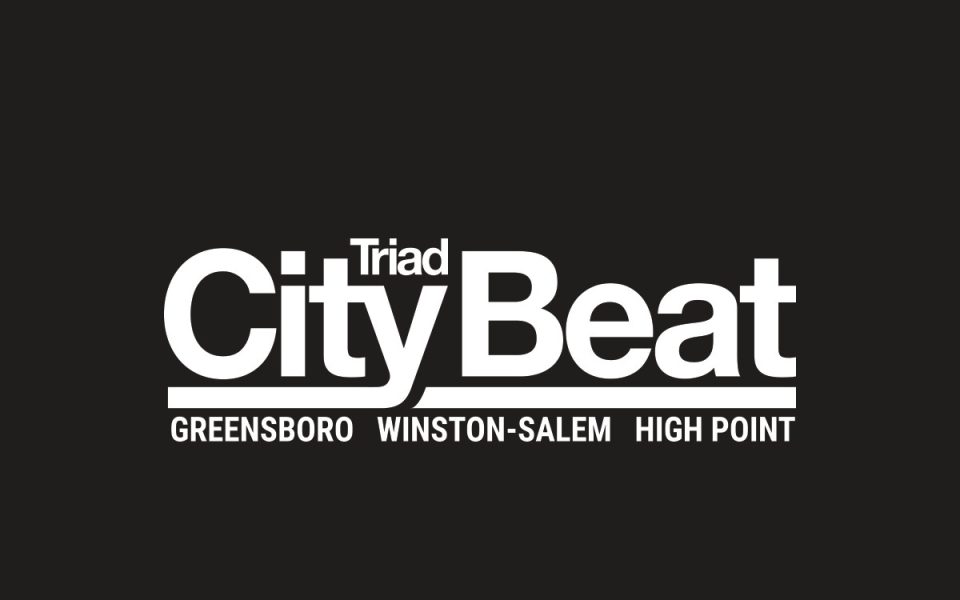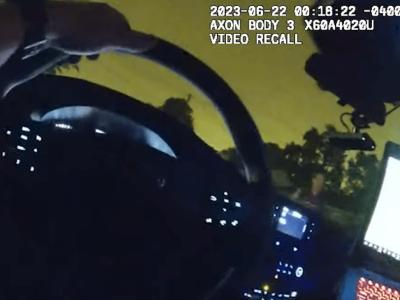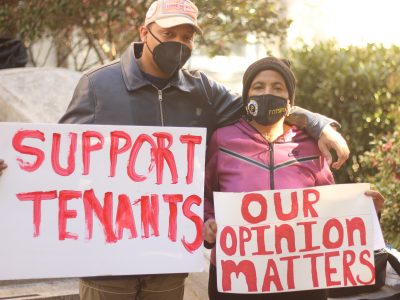by Eric Ginsburg
Greensboro police arrest a teenager for “inciting a riot” based on a Facebook post even though no incident occurred. It’s the first time the department has used the charge based on a social-media post.
A few times a year, someone in Guilford County will be charged with inciting a riot — maybe they successfully solicited a few friends to go beat someone up and bust out windows, Assistant District Attorney Howard Neumann said. But it’s rare, at least in Guilford County, for someone to be charged before an overt act takes place.
“Generally it’s in connection with what we’d commonly refer to as a ‘brawl,’” Neumann said. “Generally the act is completed.”
That’s why Neumann said what led to the arrest of Greensboro teenager Tony LaShon Cleveland Jr. last week “certainly was out of the ordinary.”
Greensboro police arrested Cleveland, who is 17, on April 28 for allegedly “using social media to encourage followers to meet at a mall to loot stores and attack police.” Police spokesperson Susan Danielsen claimed Cleveland posted a flier and video on Facebook urging the attacks, but said she didn’t have the actual text of Cleveland’s post.
The teenager disabled his Facebook account after several residents contacted the police department about the post and police contacted him, Danielsen said. He was arrested an hour later at 6 p.m. on April 28.
The police press release that went out that day about Cleveland’s arrest mentions that he is “a repeat offender who is currently on electronic monitoring for a breaking and entering charge,” but Danielsen said he wasn’t violating the terms of his electronic monitoring agreement when he was arrested.
The police statement issued April 28 makes no mention of other charges stemming from the incident. As of this Tuesday, Cleveland is confined in the Guilford County jail in High Point on a $50,000 bond, and the jail roster shows he also faces three gun charges from the incident. Danielsen later confirmed that a “possession of a weapon of mass destruction” charge is for a sawed-off shotgun and that Cleveland faces another charge because the serial number was filed off. Police also charged Cleveland with possession of a handgun by a minor.
The alleged post, which police say Cleveland made on April 28, came one day after massive protests and incidents of rioting in Baltimore stemming from the police-involved death of black resident Freddie Gray. Danielsen said Cleveland’s call to attack police and loot the mall contained “no specific reference” to Baltimore, however. Cleveland is scheduled to appear in court on May 13 and again on May 28, according to the county jail roster.
This is the first time that the Greensboro Police Department has charged someone for inciting a riot in connection with social media, Danielsen said. Since the beginning of 2014, there have only been six times people in Greensboro were charged with inciting a riot, including this one, she said.
And Neumann can’t think of similar cases in the county as a whole either.
“That’s the first case that I can recall that’s happened here,” he said. “We’ve seen people charged with inciting a riot before but that’s always involved a group of people who are together. It doesn’t involve social media. We do have lots of social-media cases where threats are involved between individuals: harassment or bullying, if you will. Those are becoming more and more common. It’s a real problem because nobody’s come up with a way to police the internet.”
Neumann said he doesn’t believe that the uniqueness of this case will make it any harder to obtain a conviction. Even though a riot or incident never occurred, he said the state statute is written to cover the willful incitement of a riot even if it doesn’t take place.
“Asking people, encouraging them to do it is what the crime is,” Neumann said. “Fortunately in this case, people called the police when they saw this post. Contrary to popular belief, there isn’t a government agency monitoring social media at all times, and if somebody hadn’t called, I’m guessing the police never would’ve known this had happened.”
Neumann, who said he hasn’t seen the alleged Facebook post, also lauded police for being vigilant.
“I think it’s very good police work to come in and charge rather than wait and see if a crime takes place,” he said.
But Graham Holt, a Greensboro defense lawyer who hasn’t seen the evidence in the case, questions the police department and district attorney’s interpretation of the law.
The state statute addressing incitement to riot reads: “Any person who willfully incites or urges another to engage in a riot, so that as a result of such inciting or urging a riot occurs or a clear and present danger of a riot is created, is guilty of a Class 1 misdemeanor.”
It is too early for a public defender to have been assigned in the case if Cleveland asks for one, and Holt is not Cleveland’s lawyer. But he still challenged the charge against the teenager.
“If there is incitement it must be coupled with clear and present danger of a riot,” Holt said. “Your guess is as good as mine what ‘clear and present danger’ means. If no one shows up to the place where this kid wanted them to go, I don’t see how this could possibly be interpreted as clear and present danger.”
Given that no incident or riot occurred last weekend when Cleveland allegedly called for it, Holt argued that the case isn’t the slam-dunk that Neumann or police make it out to be.
“Online chatter is only incitement,” Holt said, adding again that he hasn’t seen all the evidence. “Clear and present danger, whatever it is, has to be something in addition to incitement, and I don’t know if they have it or not. I haven’t looked up the case law but I’d be shocked if you could convict someone for talking online and nothing happened beyond that.”
Join the First Amendment Society, a membership that goes directly to funding TCB‘s newsroom.
We believe that reporting can save the world.
The TCB First Amendment Society recognizes the vital role of a free, unfettered press with a bundling of local experiences designed to build community, and unique engagements with our newsroom that will help you understand, and shape, local journalism’s critical role in uplifting the people in our cities.
All revenue goes directly into the newsroom as reporters’ salaries and freelance commissions.





Leave a Reply